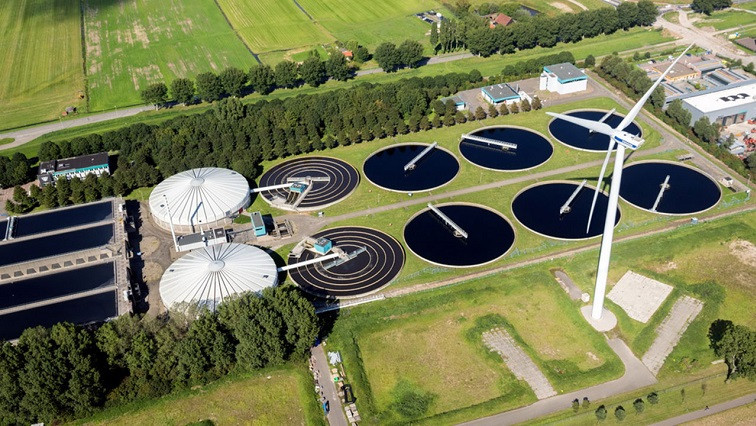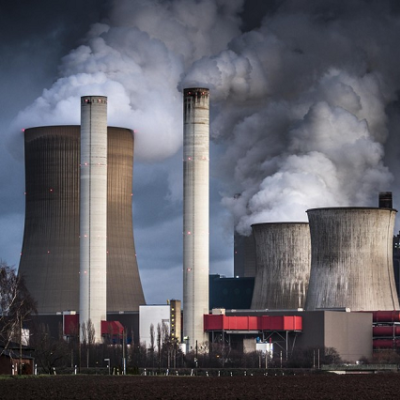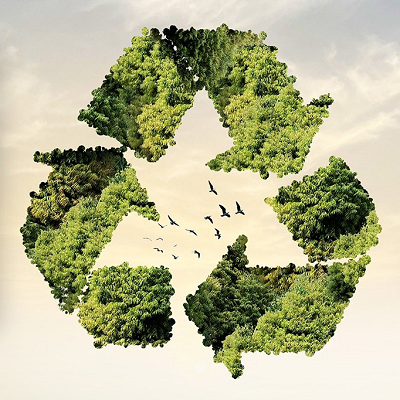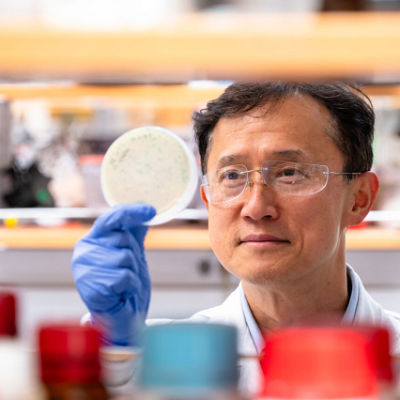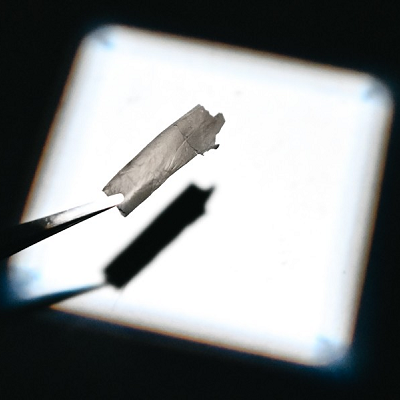In an Australian first, TasWater is trialling a new nanobubbles system that offers a cost-effective and chemical-free way to improve sewage treatment.
Installed at the Prince of Wales Bay Sewage Treatment Plant (STP), this nifty technology has the potential increase the capacity of treatment plants and improve the quality of the effluent – delivering a win for growing communities and the environment.
TasWater Senior Engineer Peter Sowter said the trial will evaluate the potential for nanobubbles to improve capacity and quality, as well as reduce chemical usage.
“Nanobubbles are tiny bubbles that are invisible to the naked eye, about 100 times less in diameter than a human hair. There are 10 million nanometres in a centimetre – they‘re small,” Mr Sowter said.
“They offer a cost-effective and chemical-free solution to improve sewage treatment capacity and effluent quality. Traditional methods for increasing capacity require large investments in infrastructure, and nanobubbles offer the potential to avoid or delay these investments.
Overseas trials have shown positive results with nanobubbles enhancing wastewater treatment.
“They are remarkable because of their longevity in water. Unlike larger bubbles, they remain stable in water for extended periods of time.
“They carry a negative surface charge, attracting contaminants such as particles, oils, and grease, and improve the separation and removal of these contaminants.
“In addition, their high internal pressure enables them to break down these contaminants, acting as a natural cleaning agent.
“With Tasmania’s growing population increasing the pressure on our sewage treatment plants, exploring innovative solutions like nanobubbles is part of TasWater’s commitment to being leaders in wastewater management to benefit both our customers and the environment.
“That is why we’ve instigated this Australian-first trial project.
“Two nanobubble generators, positioned at the plant’s inlet works, form the backbone of the trial. These generators infuse compressed air into the sewage, creating nanobubbles in a suitable size range.
“The equipment was delivered in May, then installed and commissioned, and the trial is set for completion in August 2025.
“Beyond the Prince of Wales Bay Sewage Treatment Plant, there’s potential for expanding the use of nanobubbles across other treatment plants and to applications such as lagoon aeration, drinking water treatment, and ozone treatment.
“The outcomes of this trial will inform future strategies, potentially reshaping wastewater treatment practices within TasWater, and across the broader Australian water industry.”
TasWater is investing $1.9 billion in its asset portfolio over the next five years to ensure it can continue to deliver exceptional water and sewerage services for a thriving Tasmania.
Read the original article on Tasmanian Times.

